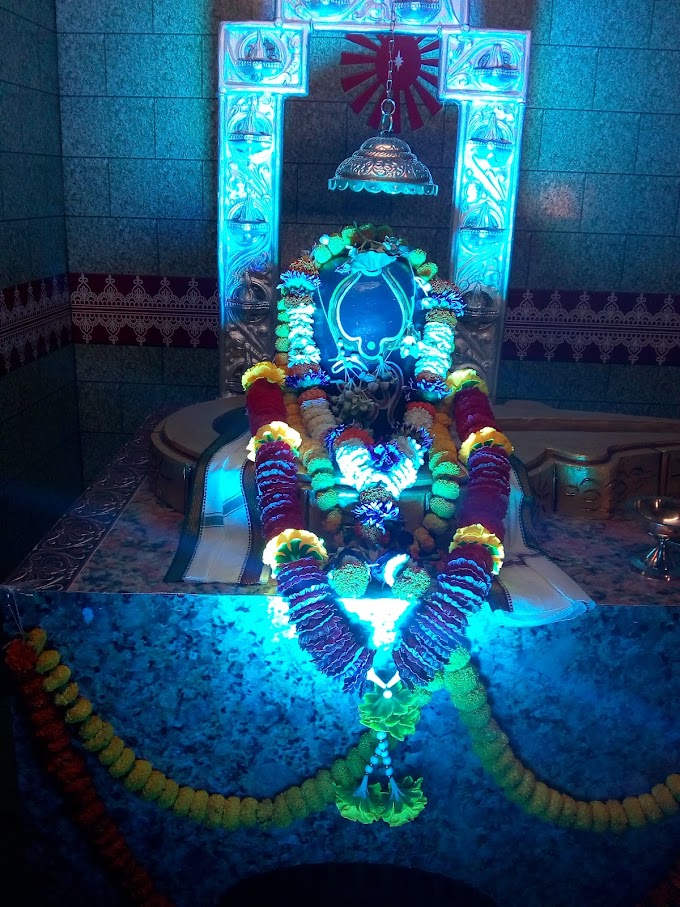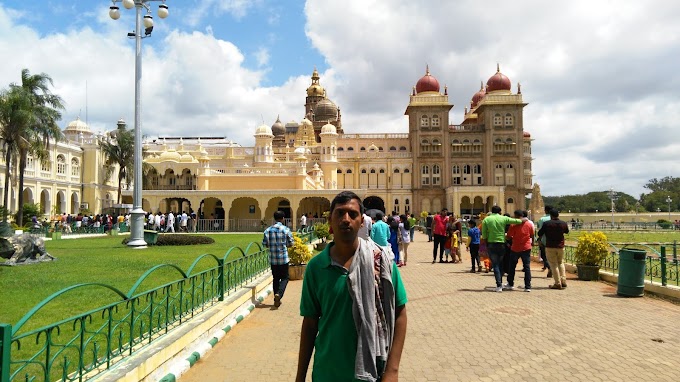The
Archaeological Survey of India is close associate with the office of the
Ministry of Culture of India. It is constituted under the provisions of the
AMASR Act of 1958 and the ASI administers more than 3650 ancient monuments,
archaeological sites and remains of national importance. These can include
everything from temples, mosques, churches, tombs, and cemeteries to palaces,
forts, step-wells, and rock-cut caves. The Survey also maintains ancient mounds
and other similar sites which represent the remains of ancient habitation. It was established
in 1861 by Alexander
Cunningham who also
became its first Director-General.
ESTABLISHMENT
It was established
in 1861 headed by Alexander
Cunningham who also
became its first Director-General of India.The
Archaeological Survey of India (ASI), under the Ministry of Culture, was
established in the year 1861 is the premier organization for the archaeological
researches and protection of the cultural heritage of the nation. Anyone can
get detailed information related to excavations, conservations, museums,
epigraphical studies, etc. The Archaeological Survey of India, headed by its Director
General and office (head quarter) at Archaeological Survey of India ,Dharohar
Bhawan ,24 Tilak Marg, New Delhi.
After
recording vigorous growth in the numbers of tigers in the 2018 census, India
recorded yet another achievement by entering the Guinness Book of World Record
for conducting what has been referred to as the “largest camera trap wildlife
survey”.
FUNCTION
AND ACHIVEMENT
The function of Archaeological Survey of India is to explore, excavate, conserve,
preserve and protect the monuments, ancient stone statue, ancient buildings and
temple and make research on that for the interest of nation and for the sake of National &
International Importance.
Besides it
regulate all archaeological activities in the country as per the provisions of
the Ancient Monuments and Archaeological Sites and Remains Act, 1958
Marshall
established the post of Government epigraphist and confident epigraphically
studies. The most significant event of his tenure was the discovery of the
Indus Valley Civilization at Harappa and Mohenjodaro in 1921. The success and
scale of the discoveries made ensured that the rests made in Marshall's tenure
would remain unmatched.
Another
importance achievement is that the discovery of Lumbini pillar inscription, a major
inscription on a pillar of Ashoka discovered by Alois Anton which was made in 1896. The inscription, together with
other evidence, confirmed Lumbini as the birthplace of the Buddha.
Ancient
temple underwater in the river of Mahanadi in State of Odisha, District of Nayagarh on 17 Jun 2020. An ancient temple in
Odisha's Nayagarh, that was underwater in Mahanadi river has resurfaced. The
temple is believed to be around 450 to 500 years old had submerged during a
flood in 1933.
one of the achievement of Archaeological Survey of India is sun temple. know more: https://conceptofculture.blogspot.com/2020/08/sun-temple.html
India's
first museum was established by the Asiatic Society in Calcutta in 1814. Much
of its collection was passed on to the Indian Museum, which was established in
the city in 1866. The Archaeological Survey did not maintain its own museums
until the tenure of its third director-general, John Marshall. He initiated the
establishment of various museums at Sarnath , Agra , Ajmer , Delhi Fort ,
Bijapur , Nalanda and Sanchi . The ASI's museums are customarily located right
next to the sites that their inventories are associated with, so that they may
be studied amid their natural surroundings and not lose focus by being
transported. The Science Branch, a part of the Archaeological Survey of India, is
responsible mainly for the chemical conservation treatment and preservation / protection
of some three thousand five hundred ninety three Protected monuments besides
chemical preservation of museum and excavated objects all over India.
After independence
the Archaeological Survey of India, State Departments of Archaeology,
Universities and other research organizations have conducted archaeological
excavations in different parts of the country Adichchannallur, Tirunelveli
Thrissur Circle of Archaeological Survey of India was established in April 1997
after separated from Chennai Circle with the Monuments Sites / ancient culture
in Kerala and adjoining Kanyakumari, Tirunelveli and Nilgiri in districts of Tamilnadu. There are totally
28 monuments and 9 sites protected under the purview of Ancient Monuments and
Archaeological Sites and Remains Act, 1958 and Rules 1959 are under the
administrative control of the Circle. Most of this monuments and sites were
under the protection of erstwhile states of Cochin and Travancore. The
megalithic rock cut cave at Chowannur is situated about 3km northeast of the
town of Kunnamkulam, district Thrissur. It is entered through a recessed
opening on the east. The other sides of its chamber are circular and its vault
hemispherical. On its northern and southern sides are two benches and there are
five circular blocks along the western side of the chamber, which appear to be
intended as stands for vessels. The site is a centrally protected monument
under the control of Archaeological Survey of India since 1951 .
STAFF
AND OFFICE
In
1892, Edward Buck announced that the Archaeological Survey of India would be
shut down and all ASI staff would be dismissed by 1895, in order to generate
savings for the Government's budget. It was understood that only a fantastic
archaeological discovery within the next three years for example might be able
to turn public opinion and save the funding of the ASI.
Apart
from the ASI, archaeological work in India and conservation of monuments is
also carried out in some states by state government archaeological departments.
Most of these bodies were set up by the various princely states before
independence. When these states were annexed to India after independence, the
individual archaeological departments of these states were not integrated with
the ASI. Instead, they were allowed to function as independent bodies. It has 24 state
Circles and 5 Regional Directorates.
The Archaeological Survey of India is the principal recruiter of archaeologists at both central level and state level. The candidates
who can apply of the said post should be qualification of some following course
and thereafter qualifying the entrance examination conducted by Central
government through Union Public Service Commission (UPSC) and at state level
through State Public Service Commission (SPSC).
COURSES
OF ARCHAEOLOGICAL
There
are many Archaeological college in india who are offering various courses
following course are important.
|
Name of the Course |
Type of Course |
Duration |
|
Certificate Course in Epigraphy |
Certificate Course |
1 year |
|
Advanced Diploma in Epigraphy |
Diploma Course |
1 year |
|
Diploma in Architecture |
Diploma Course |
3 years |
|
Certificate in Archaeology |
Certificate Course |
1 year |
|
Certificate Course in Architecture
and Sculpture |
Certificate Course |
1 year |
|
B.A. in Culture and Archaeology |
Undergraduate Degree Course |
3 years |
|
B.A. in Music and Archaeology |
Undergraduate Degree Course |
3 years |
|
B.A. in Ancient Indian History and
Archaeology |
Undergraduate Degree Course |
3 years |
|
M.A. in History and Archaeology |
Postgraduate Degree Course |
2 years |
|
M.A. in Archaeology |
Postgraduate Degree Course |
2 years |
|
Post Graduate Diploma in
Archaeology |
Postgraduate Diploma Course |
1 year |
Due
to The Archaeological Survey of India many
places are discovered and now days those places are famous and open for public
purpose like TajMahan in Agra, Sun Temple at konark, ellora caves, Famous for
its sculptural extravagance, the temple is situated on the bank of the
river Karamana, Mysore Place and many more..
|
|
|
|













